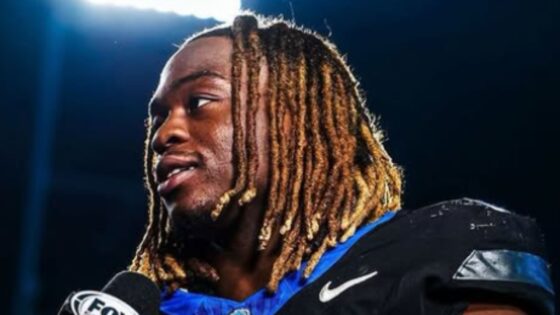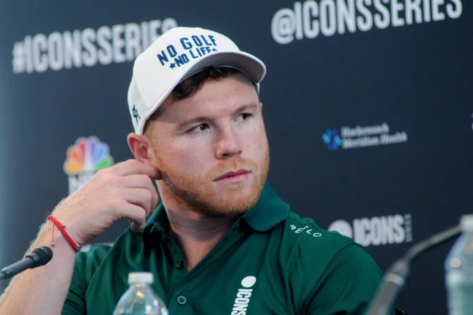When Katherine Legge returned to the NASCAR track at Rockingham Speedway, she hoped for a revival. But Legge didn’t qualify on speed for the North Carolina Education Lottery 250 at Rockingham. That’s the harsh reality. Her lap should’ve been good enough to make the field, but owner points Provisionals filled the final spots. Legge was left out, not because of pace, but because of a broken system.
But she didn’t quit. Instead, she approached J.J. Yeley, who qualified 31st, and acquired his ride. That deal put her in the race, starting at the rear, behind 37 others. It was a second chance, one that many underfunded but deserving drivers never get. But that second chance didn’t go far. On Lap 52, William Sawalich was lapping her when he got into the rear of her car. She spun and clipped Kasey Kahne. Just like that, her race and opportunity were over. She finished dead last, completing only 50 of 256 laps.
A statement posted after the wreck revealed a deeper frustration, not just with the crash but with how she even got into the race. “We were able to run a fast enough lap time to put me comfortably in the race if not for owner points… That’s why my sponsors and partners were on board,” Legge wrote. Her case reflects more than just an unlucky day. It taps into something bigger, something deeper, something broken. Which brings us to the real question: Is this what NASCAR has become? A sport where money speaks louder than talent?
The rise of pay drivers in NASCAR!
The concept of the pay driver isn’t new, but in today’s NASCAR, it has become the norm. It used to be that talent could lift you through the ranks, provided you won enough and stayed clean. Now, the ladder seems less about trophies and more about funding. Look through any Xfinity or Truck Series field and you’ll see it. Drivers with mediocre results in top-tier equipment hold seats because they bring sponsorship checks.
Take Riley Herbst, who, despite having full backing from Monster Energy for years, has posted just three wins in 176 Xfinity races. Now, compare that to someone like Corey Heim, who has dominated in the Truck Series and still can’t land a Cup ride. Herbst got the nod for 23XI Racing’s third car. Why? Sponsorship. Heim didn’t bring the same financial package, so he’s back in Trucks for another season.
This is not just frustrating—it’s harmful. Teams are no longer incentivized to scout raw talent. They’re scouting balance sheets. Take Joey Logano’s comments in 2024. He said, “I get paid to drive a Cup car… but I have to pay to drive Xfinity or Trucks.” If a two-time Cup champion has to bring money to race in a lower division, what hope does a talented 19-year-old have without connections or corporate support?
Mar 27, 2022; Austin, Texas, USA; NASCAR Cup Series driver Ty Dillon (42) before the start of the EchoPark Automotive Texas Grand Prix at Circuit of the Americas. Mandatory Credit: Mike Dinovo-USA TODAY Sports
The effects are clear on the track. Wrecks from inexperience. Races are dominated by one or two skilled drivers while the rest struggle to stay on the lead lap. Denny Hamlin said it plainly after watching Kyle Larson crush the Xfinity field: “The problem with Xfinity is that it’s 90% pay drivers.” While this is shocking to come from Hamlin as his 23XI team picked Herbst over Heim but it shows the reality. In ARCA, the situation is worse. You’ll find self-funded drivers crashing out regularly, with minimal oversight.
The fallout of a flawed system
This model doesn’t just hurt drivers. It hurts fans, sponsors, and the quality of the sport. Fans complain that drivers have no personality. But how can they relate to someone who had every opportunity handed to them by family wealth or sponsor ties? People connected with Dale Earnhardt because he fought for every inch. Today, that story is nearly extinct. Sponsorships are drying up, too.
If Kyle Busch and Denny Hamlin—two Cup champions—struggle to find consistent sponsors, that says everything. Hamlin lost FedEx. Busch lost Mars. In their place, short-term deals patch together race weekends. Even Joe Gibbs Racing, a powerhouse, couldn’t keep Busch funded. That led to his move to Richard Childress Racing. Smaller teams suffer the most. They rely on pay drivers just to keep the lights on. If they don’t take the money, they risk closing shop. The result? More underperformers with good equipment. More DNFs, and the rare standout driver—like Heim or Chandler Smith—gets buried in the shuffle.
Interestingly, the story is almost similar in other motorsports series like Formula 1. For example, take Lance Stroll. The son of Aston Martin team owner Lawrence Stroll has just 302 points in 171 race starts with just three podium finishes. Despite that, he continues to be in the sport while many talented drivers struggle to make their way. But there are exceptions. Drivers like Chase Elliott and Ty Gibbs have performed exceptionally in NASCAR by winning the championship. If they can rise above their backing and prove the doubters wrong, others can also do and that’s the best way to come out of this loop.
There’s no clear solution. NASCAR can’t ban pay drivers. Teams need money to run. But this trend is unsustainable. As more talented drivers are left behind, fans lose interest. Races become predictable. And NASCAR’s image continues to erode. The “bought for ride” era may not be new, but it’s never been this widespread, or this damaging. Unless the sport finds a way to prioritize skill over sponsorship, the pipeline will keep breaking.
The post Is “Bought for Ride” Controversy a Sign of NASCAR’s Decline? When Will This Sponsor Backed Driver Pandemic End? appeared first on EssentiallySports.



